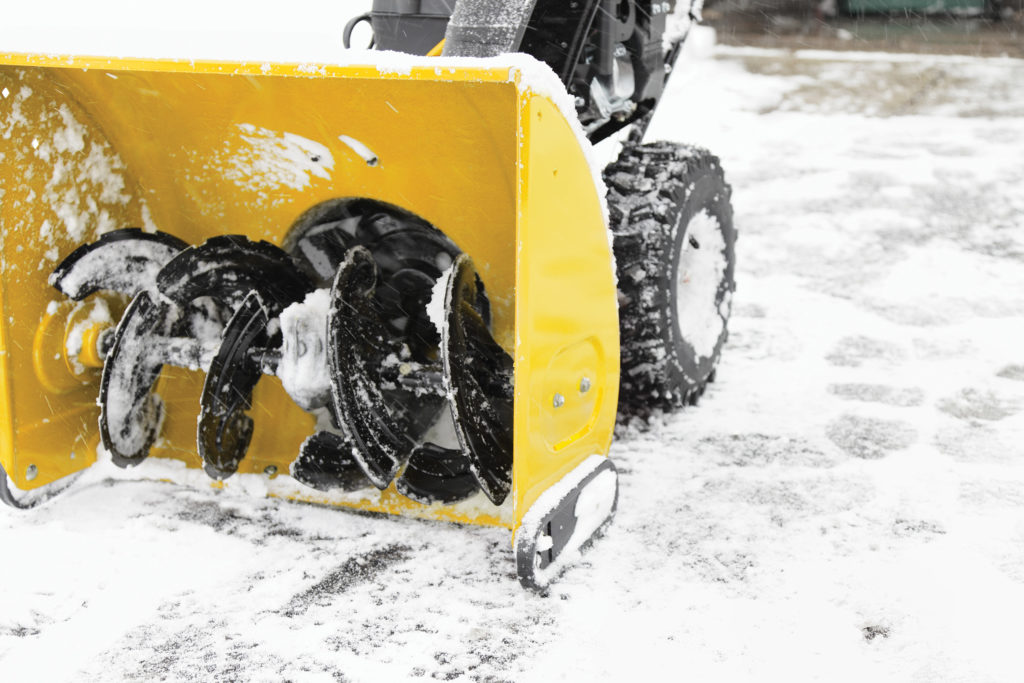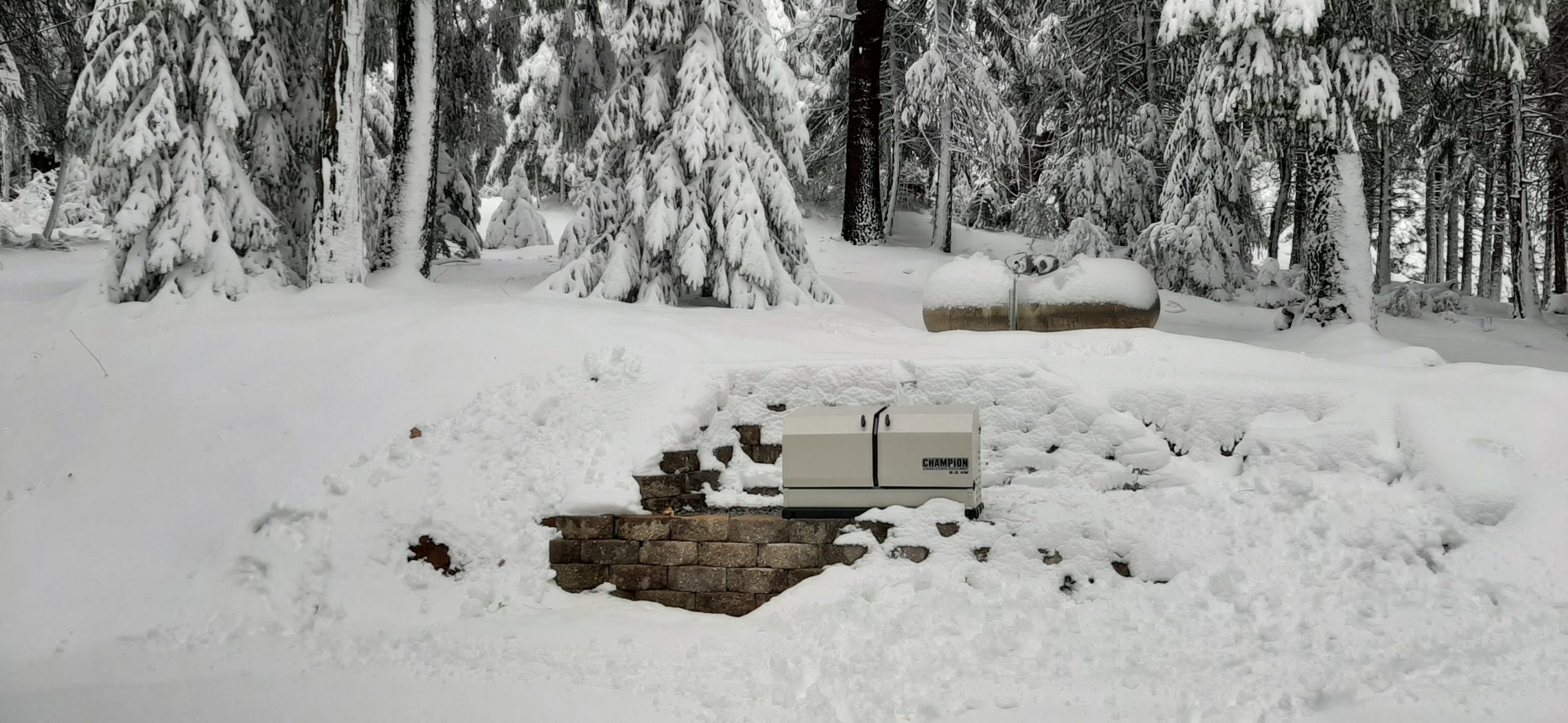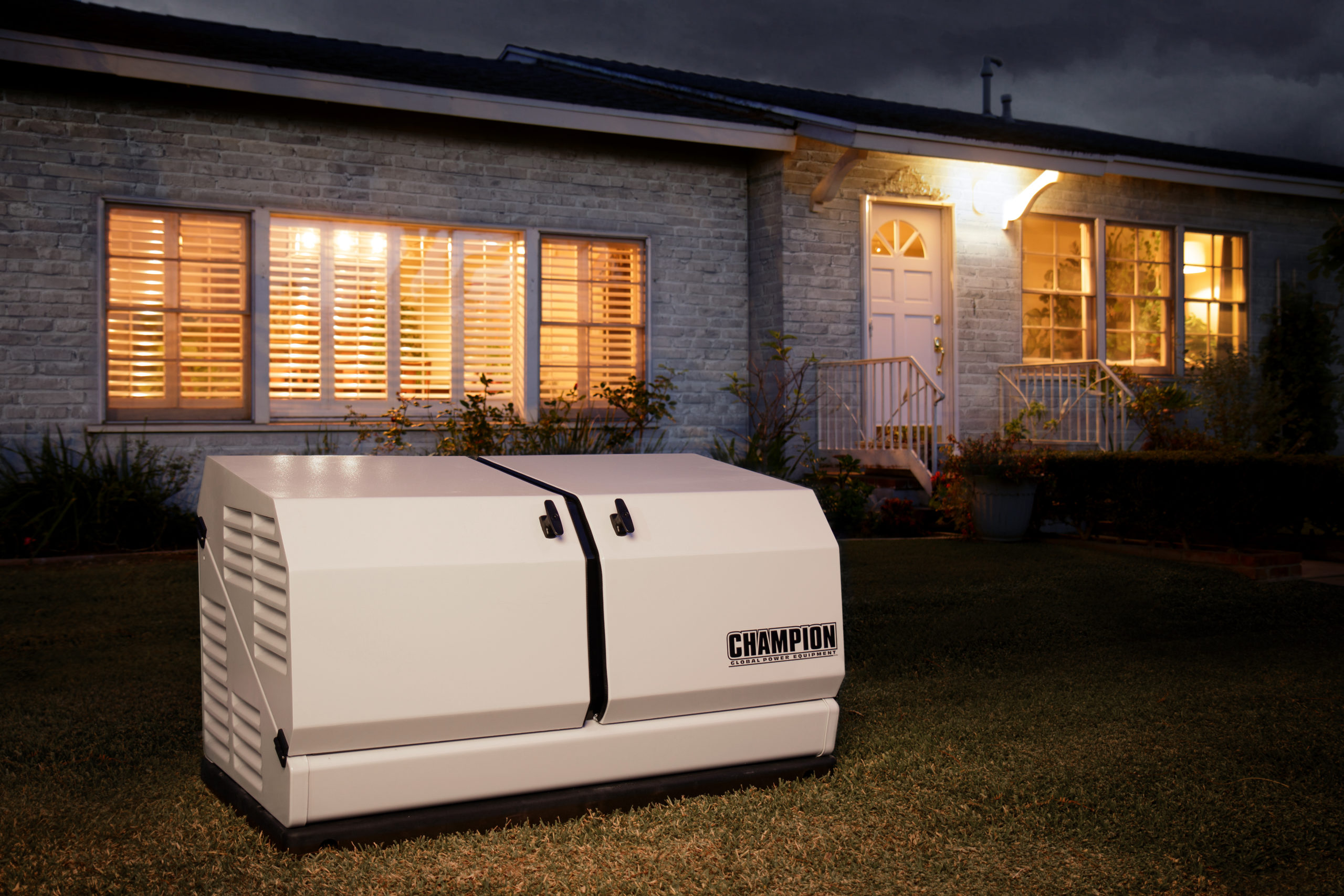Snowblower Spotlight: 4 Features You Didn’t Know You Needed
Freshly fallen snow is beautiful. Children get excited about sledding, snowmen, snowball fights, and snow angels. And how about enjoying a warm drink in front of a blazing fireplace while gazing outside at the winter wonderland that used to be your driveway? Sounds lovely, right?

Unless your idea of fun is removing waist-high snow from your driveway with a shovel, give that shovel and your back a well-deserved rest, and get a snow blower. A snow blower can help you clear your driveway after a snow storm in record time, and it could be a lifesaver if you need to leave your home during an emergency. If you already own a snowblower, don’t forget to get it serviced so it will be ready to go when you need it.
Here’s a quick guide to snowblower features so you’ll know which snowblower is the best fit for you.
- Power Turn Steering: You’ve heard of power steering but what about power turn steering? What happens when you get to the end of your snowy driveway and need to turn around and head back up your driveway to keep clearing snow? You can either put your back and shoulder into it and push or rely on power turn steering technology. Your snow blower senses the direction you’re trying to turn and automatically engages the drive system to help you. Whether you’re making a U-turn at the end of your driveway or path or attempting to maneuver around an obstacle, all it takes is a slight push to the left or right and your snow blower will make that turn a piece of cake.
- Headlights: Lights on a snowblower may sound a little extra until you’ve tried to clear your driveway on a dark, frigid morning. Not only are LED lights convenient when it’s dark outside, but they also ensure your safety. You’ll be able to make your presence known to passing vehicles, see when you get close to the curb, plus you’ll have ample time to stop and remove any obstacles ahead like that bike left on the driveway the night before. A snowblower equipped with LED lights frees you up to safely clear your driveway any time, whether or not the sun is shining.
- Heated Hand Grips: This may sound pretty luxurious at first, but when you’ve been outside in the cold and wet clearing snow for an hour, keeping your hands warm is essential. Ever heard anyone complain about their hands being too warm while they were blowing snow? Neither have we. When your hands are warm, you have more energy and focus to concentrate on getting the job done.
- Dash-Mounted Chute Control: When you use a snow blower, the snow is pushed into a high-speed impeller that propels it out of a chute. The chute control directs which way you blow the snow. At the end of every path, you have to change chute direction. When the wind changes direction, you need to adjust the chute again. No one wants to stop their snow blower just to turn a crank that controls the chute direction. Making small adjustments are important, though, because you don’t want to throw your snow into the street or back onto your cleared sidewalks or driveway. A snow blower equipped with a dash-mounted chute control means you stay in control of where you want all that snow to go. Having the chute controls within easy reach means you can decide where to safely send that snow without being slowed down every time you need to change direction. Small conveniences like this speed up the job so you can get on with your day.
Choose a snow blower with features like these that make your life easier and you’ll be able to safely and quickly get your snow cleared away so you can get back to that blazing fireplace and warm drink.

